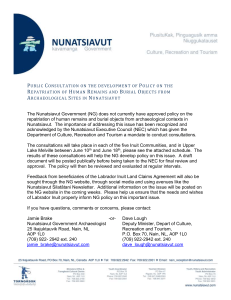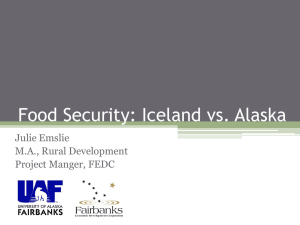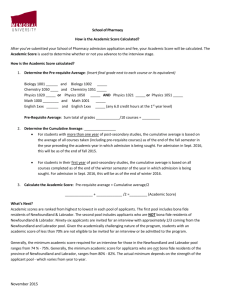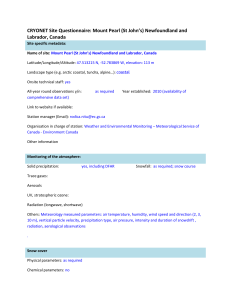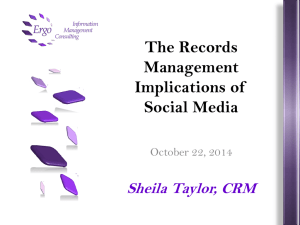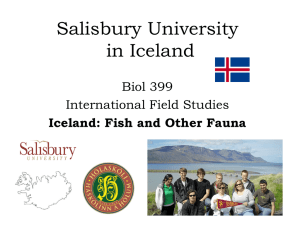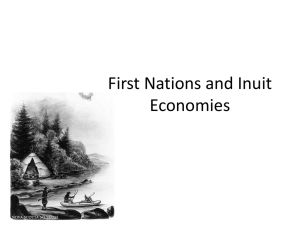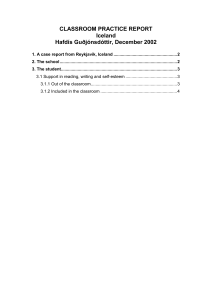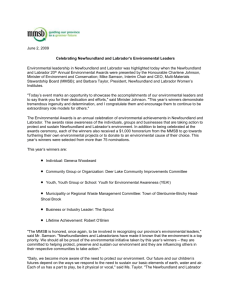Ogilvie_1_1373381112
advertisement
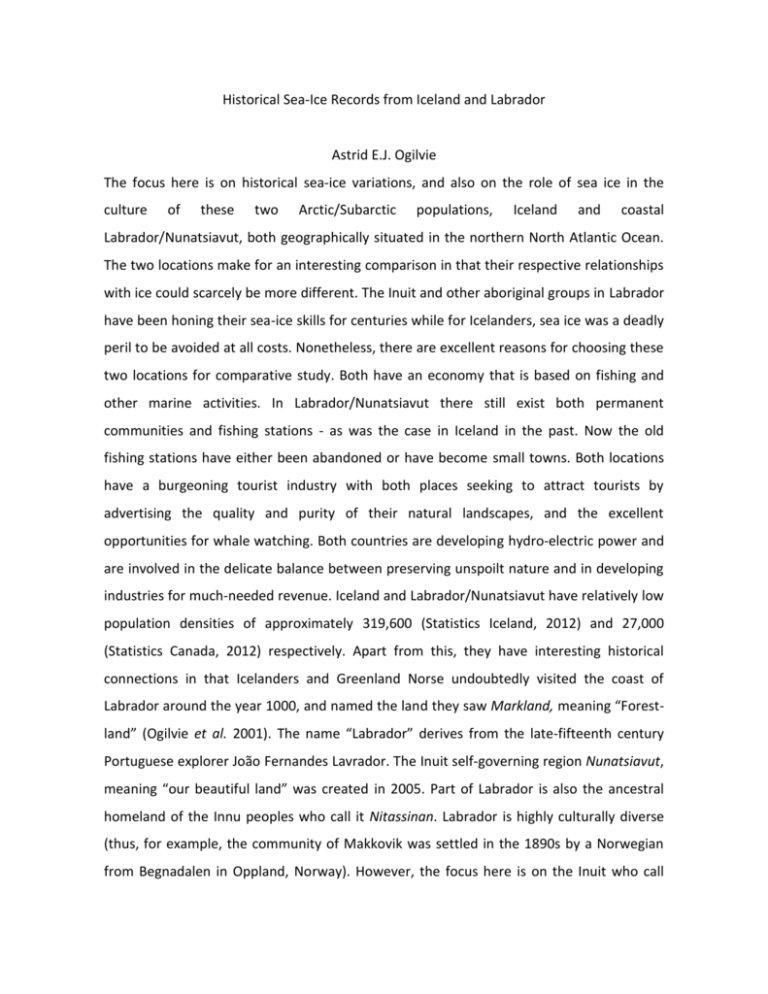
Historical Sea-Ice Records from Iceland and Labrador Astrid E.J. Ogilvie The focus here is on historical sea-ice variations, and also on the role of sea ice in the culture of these two Arctic/Subarctic populations, Iceland and coastal Labrador/Nunatsiavut, both geographically situated in the northern North Atlantic Ocean. The two locations make for an interesting comparison in that their respective relationships with ice could scarcely be more different. The Inuit and other aboriginal groups in Labrador have been honing their sea-ice skills for centuries while for Icelanders, sea ice was a deadly peril to be avoided at all costs. Nonetheless, there are excellent reasons for choosing these two locations for comparative study. Both have an economy that is based on fishing and other marine activities. In Labrador/Nunatsiavut there still exist both permanent communities and fishing stations - as was the case in Iceland in the past. Now the old fishing stations have either been abandoned or have become small towns. Both locations have a burgeoning tourist industry with both places seeking to attract tourists by advertising the quality and purity of their natural landscapes, and the excellent opportunities for whale watching. Both countries are developing hydro-electric power and are involved in the delicate balance between preserving unspoilt nature and in developing industries for much-needed revenue. Iceland and Labrador/Nunatsiavut have relatively low population densities of approximately 319,600 (Statistics Iceland, 2012) and 27,000 (Statistics Canada, 2012) respectively. Apart from this, they have interesting historical connections in that Icelanders and Greenland Norse undoubtedly visited the coast of Labrador around the year 1000, and named the land they saw Markland, meaning “Forestland” (Ogilvie et al. 2001). The name “Labrador” derives from the late-fifteenth century Portuguese explorer João Fernandes Lavrador. The Inuit self-governing region Nunatsiavut, meaning “our beautiful land” was created in 2005. Part of Labrador is also the ancestral homeland of the Innu peoples who call it Nitassinan. Labrador is highly culturally diverse (thus, for example, the community of Makkovik was settled in the 1890s by a Norwegian from Begnadalen in Oppland, Norway). However, the focus here is on the Inuit who call themselves the “sea-ice people” or Sikumiut in Inuktitut, the Inuit language (Borlase, 1993; Clarke, 1999). There were no native peoples on Iceland when it was settled in the lateninth century onwards by colonisers who came primarily from Norway and the northern British Isles. As well as the similarities between Iceland and Labrador noted above, clearly great differences also exist, for example in terms of culture and language, and not least in their relationship with coastal sea ice. To Icelanders in the past, the ice that drifted to its coasts with the East Greenland Current brought with it famine and hardship. The recent trend towards a lack of ice is thus regarded as most fortunate in Iceland but, as elsewhere in the Arctic, it is causing numerous difficulties for the people of Labrador/Nunatsiavut.
